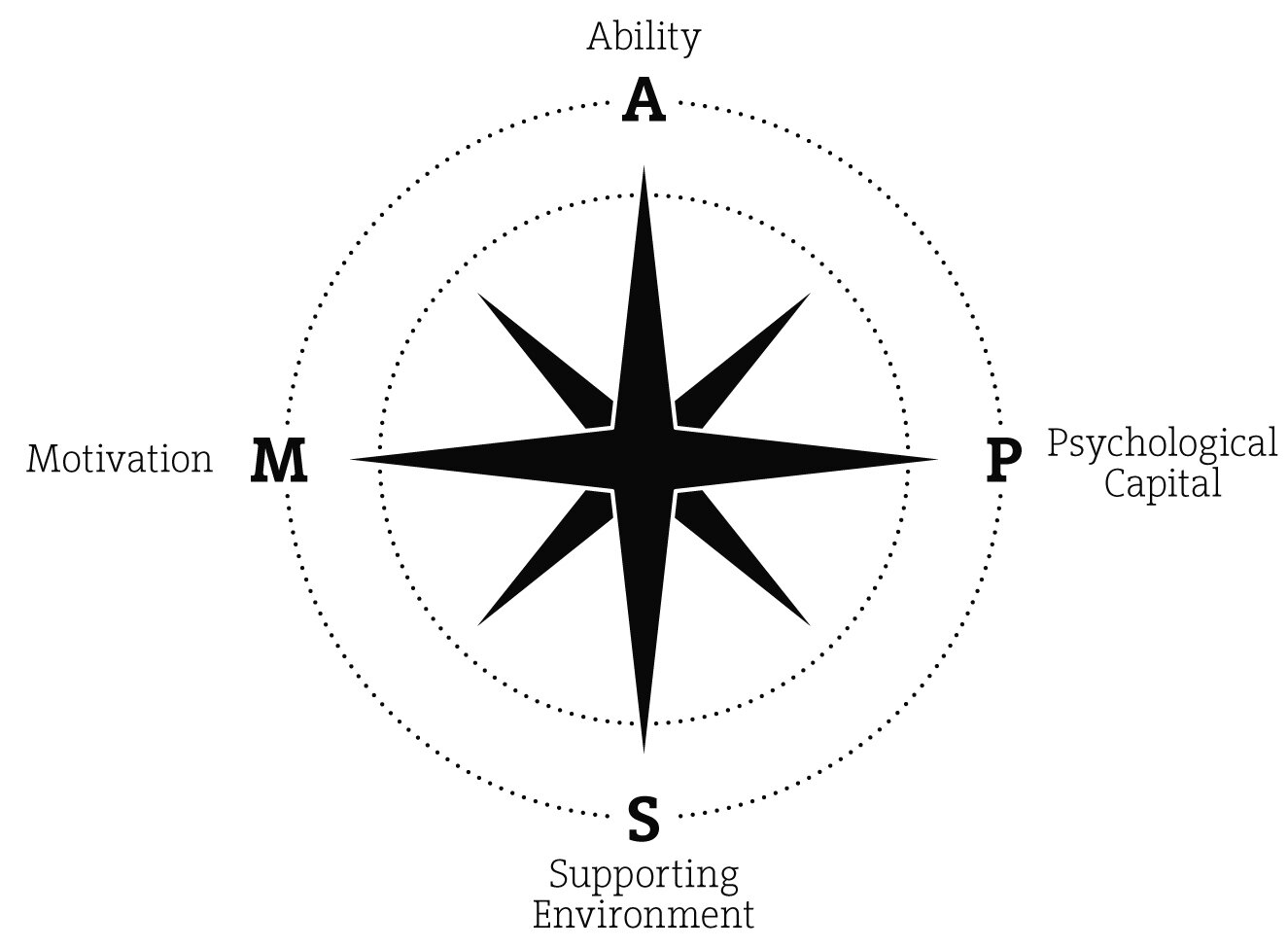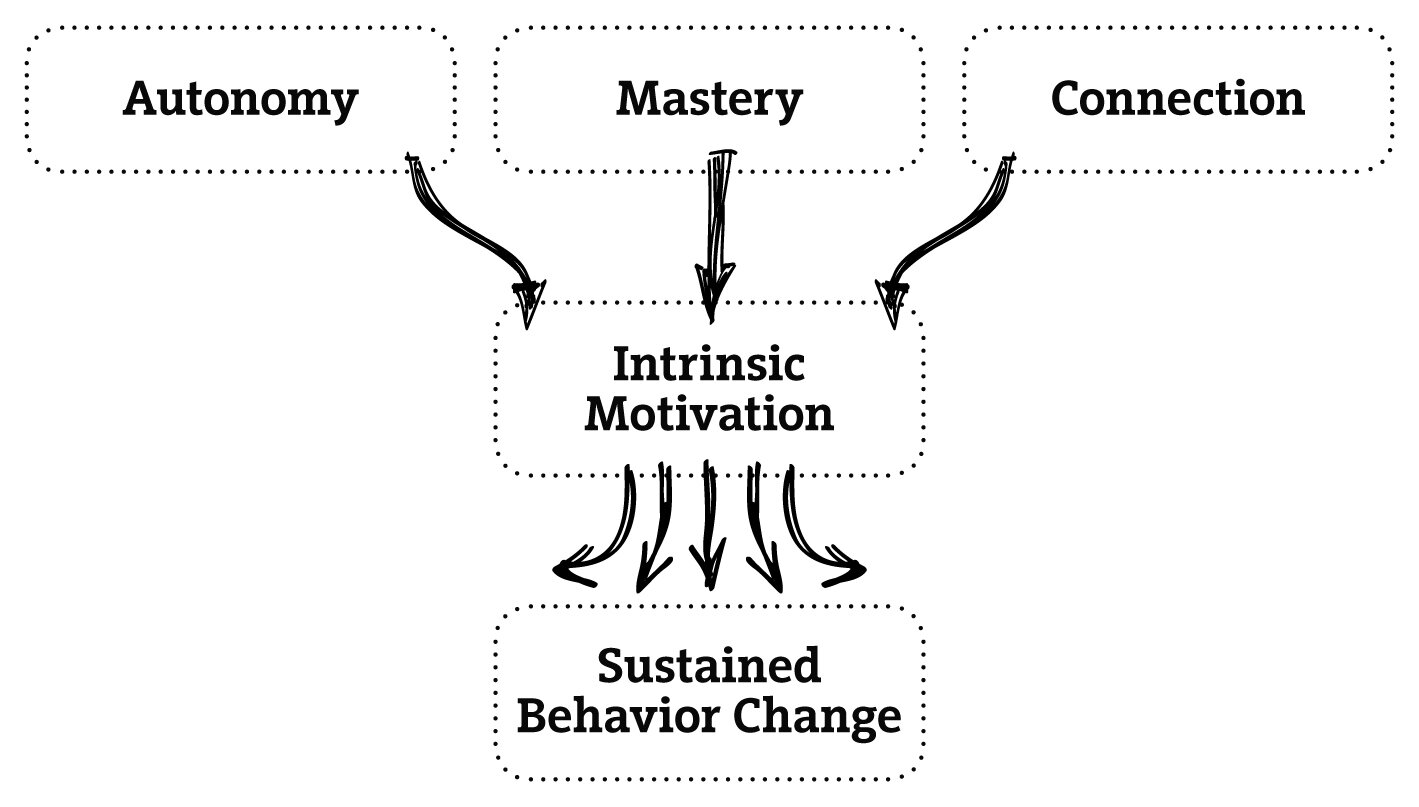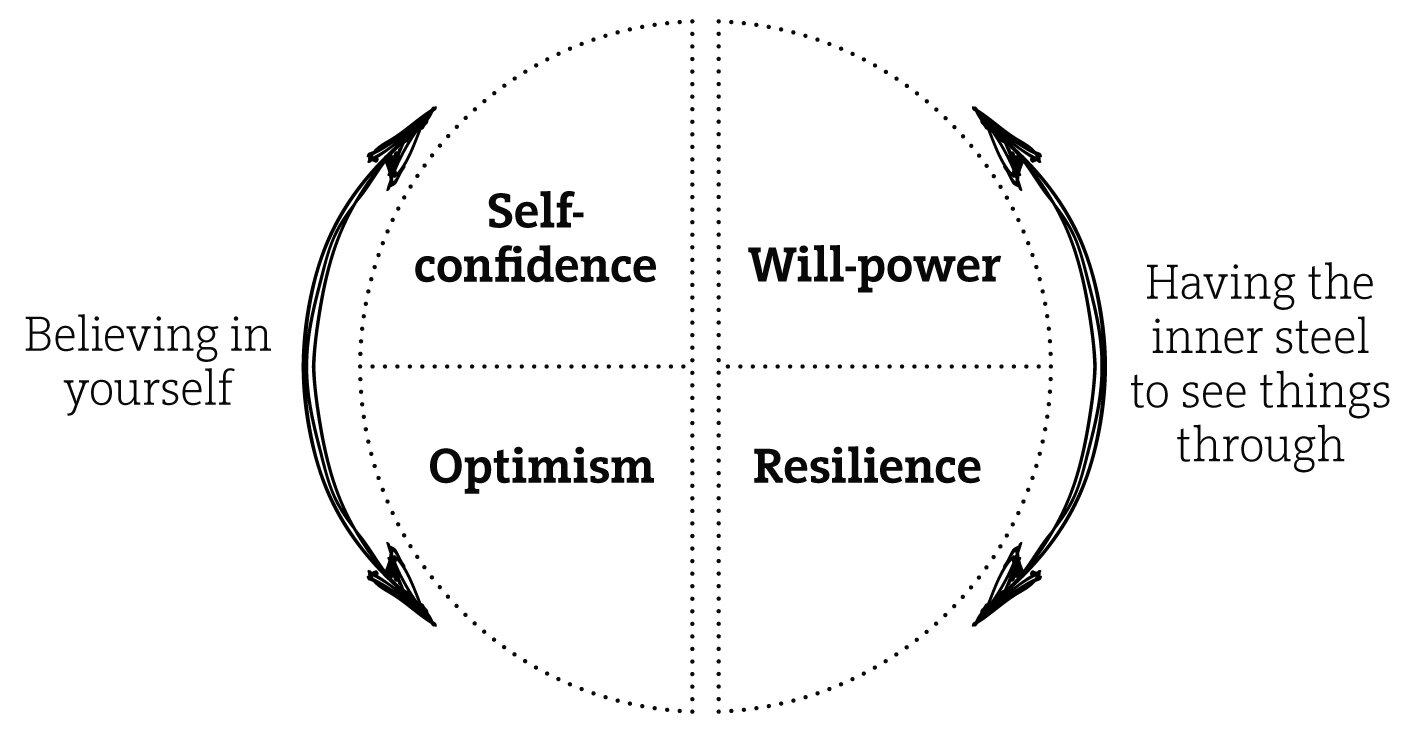 Changing Employee BehaviorA practical guide for managers#changingpeopleBy Nik Kinley and Dr. Shlomo Ben-Hur
Changing Employee BehaviorA practical guide for managers#changingpeopleBy Nik Kinley and Dr. Shlomo Ben-Hur

It is rare to find "behavior change" listed in any job description, but changing people's behavior and improving their performance is a critical part of all leaders' roles. We may call it coaching, feedback, training, learning or development, but whatever word we use, what we are doing is trying to change how people behave and improve their performance.
Yet behavior change initiatives have notoriously poor success rates: Only around 30 percent of training is thought to be transferred back into the workplace, and less than 20 percent of firms believe that the coaching taking place in their business is effective.
In this groundbreaking new book, based on years of research and drawing on the latest scientific findings, authors Nik Kinley and Shlomo Ben-Hur show what you, as a manager, need to do to help behavior change happen and to make coaching, training and feedback really work.
In a thought-provoking and entertaining way, the authors present their unique MAPS model that will equip you to explore the key success factors for change. With over a hundred different tools and techniques, as well as real-life examples, the book shows the practical, easy actions leaders can take to substantially improve the poor success rates of behavior change for once and for all.
Get started by reading more about the model or read the free introductory chapter you can find in the Downloads section.
Play online casino games, sports betting and live dealer at the best mobile casino on Android & IOS Bons app. Download now and receive £10 free bet!

One of the most consistent findings from research into the effectiveness of development activities is that contextual factors are actually more important in ensuring development happens than the quality of the training, workshop or coaching.
These contextual factors include both what happens in the workplace outside the training or coaching room, and what is happening inside the individual, such as how much confidence people have that they can change, and how committed they feel to change.
One the challenges we have here, however, is that almost everything could be called 'context' – and many of these factors are simply beyond your sphere of influence. So how do you know what is important and what do you need to focus on?
That's the question our research focused on. And we found four key factors that can both be easily influenced, and that can make a real difference to people's attempts to change and develop. For each one, there is clear scientific evidence that it can significantly affect people's chances of successfully developing. And for each, there are proven and easy-to-apply techniques that leaders can use to boost it.
We have combined and developed these four factors into the MAPS model for change. It maps out the contextual factors that are most critical in supporting people to change their behavior. And in doing so, it shows you the levers you can pull to support change. Sponsored by betraja.net - online betting in India
The importance of the first factor – motivation – is simple. If people do not want to change, then the chances are they will not. The research is pretty unanimous on this. When people are motivated to achieve a specific change, they are far more likely to succeed in this development. So one very powerful thing leaders can do is to make sure people feel motivated to develop.
There are two main ways to approach this. First, there is what is called intrinsic motivation. This is motivation that is fuelled not by external rewards but by internal feelings – by the fact that we find something in some way fulfilling or enjoyable. And generally speaking, this seems to be the most powerful type of motivation, so much so that recent years have seen a spate of popular books and some highly viewed TED talks on the subject.
There is second approach to motivating people though - extrinsic motivation such as incentives and praise. And while these have come in for some criticism in recent years, there is good evidence that they can still be highly effective motivators where intrinsic motivation is lacking, especially in helping people get started with development. So incentives too can be powerful tools for change.


The second element – ability – is a basic consideration in all development. People need to know what they have to do, and they need to be able to do it. Of all the factors in the model it is probably both the most straightforward and the one you are already most familiar with. In fact, it tends to be dealt with as part of the basic two-step method people use.
Usually when we talk about people's ability to develop, we mean one of three things, and if development is to be successful, leaders need to ensure that all three are in place.

The third element – psychological capital – may be a new phrase to you, but psychologists have been studying it for many years. Through this research, they have identified two key inner resources that significantly impact whether people can sustain behavior change: believing you can succeed (having self-confidence and optimism) and having the inner strength to see things through (having willpower and resilience).
So Psychological capital is about whether people have the self-belief they need to take on the challenge of developing themselves. It is about whether individuals will persevere, put in the necessary effort and, when necessary, adapt their approach in order to succeed. And it is about whether people have the resilience required to cope with the inevitable setbacks and challenges.
Moreover psychological capital is important for two main reasons. First, it has been shown to be a critical foundation for developing yourself. Those people who are more confident they can change, and are more able to persevere and cope with setbacks, are also more likely to succeed in changing their behavior.
Second, research shows that psychological capital can be changed and improved. And more easily than you might think. Of particular interest here are the studies showing what exactly contributes to people's levels of psychological capital. Unsurprisingly, individual factors such as personality and self-esteem have been found to be relevant. But the single biggest predictor of how much psychological capital people have is their manager's behavior and the type of work environment he or she creates. Not their life history or previous experience, but you – their manager. So as strange as it may sound, you are ideally placed to influence and improve your people's psychological capital.

The final element in our model is the external supporting environment. These are things outside individuals that you can change to help them change. This can include many different things. The physical environment, such as office design, can play a role. Team dynamics and organizational culture can be factors. Even work-life balance and the state of individuals' personal relationships outside of work can affect their ability to change behaviors in the workplace. The list of factors is long, because pretty much everything around individuals can affect them.
There are, however, three particular external factors that can both have a big influence on people's ability to develop and that can be easily improved or changed. The first is social support. Simply put, having people around you helps support you to change. Dieters and recovering drug addicts have known that for ages, which is why support groups for these individuals can be found in most cities. It is also why many of the new, emerging behavior change apps include an element of social support – connecting you with other people who are trying to change and develop.
The second factor is nudges. Nudging is a phrase commonly used to describe the techniques for changing behavior emerging from the field of behavioral economics. A nudge is simply a feature of the external environment that influences the choices people make without coercing them. Indirect suggestions, incentives and information are all examples of nudges.
For a good example of a nudge, just go into any shop. The way companies try to make product packaging attractive in order to encourage us to buy is a nudge. The way shops price items at $9.99 rather than $10, in order to make them sound cheaper and thereby influence our decision to buy, is a nudge. And the way they put chocolate in clear sight by the checkout, knowing that we are more likely to buy some if they do this, is also a nudge. Marketers are experts at nudging.
In recent years many of the techniques of nudging have been slowly working their way into the workplace. More and more business are using nudges not just with their customers, but also with their employees. And the good news for you as a leader supporting someone's development is that nudging techniques can be quick, easy and effective.
The third factor is habit structure. A habit is a routine way of behaving that tends to occur automatically and unconsciously. There have been a number books and TED talks on the subject of habits in recent years. The enthusiasm for them comes from the fact that they offer a way to turn a new behavior, which someone may be struggling to do, into a more or less automatic thing. And fortunately, habits consist of a number of very simple components - such as behavior triggers and reinforcers - that you can easily use to create a kind of supporting structure for behavior change.
The free MAPS Profiler Tool for Managers allows you to diagnose which components of the MAPS model model may be holding back your people's development and behavior change. It can be completed in just a few minutes for free.



Quick and easy sign in process - use your Melbet login BD data to enjoy the full range of sports betting and casino. Feel the convenience of online betting today!